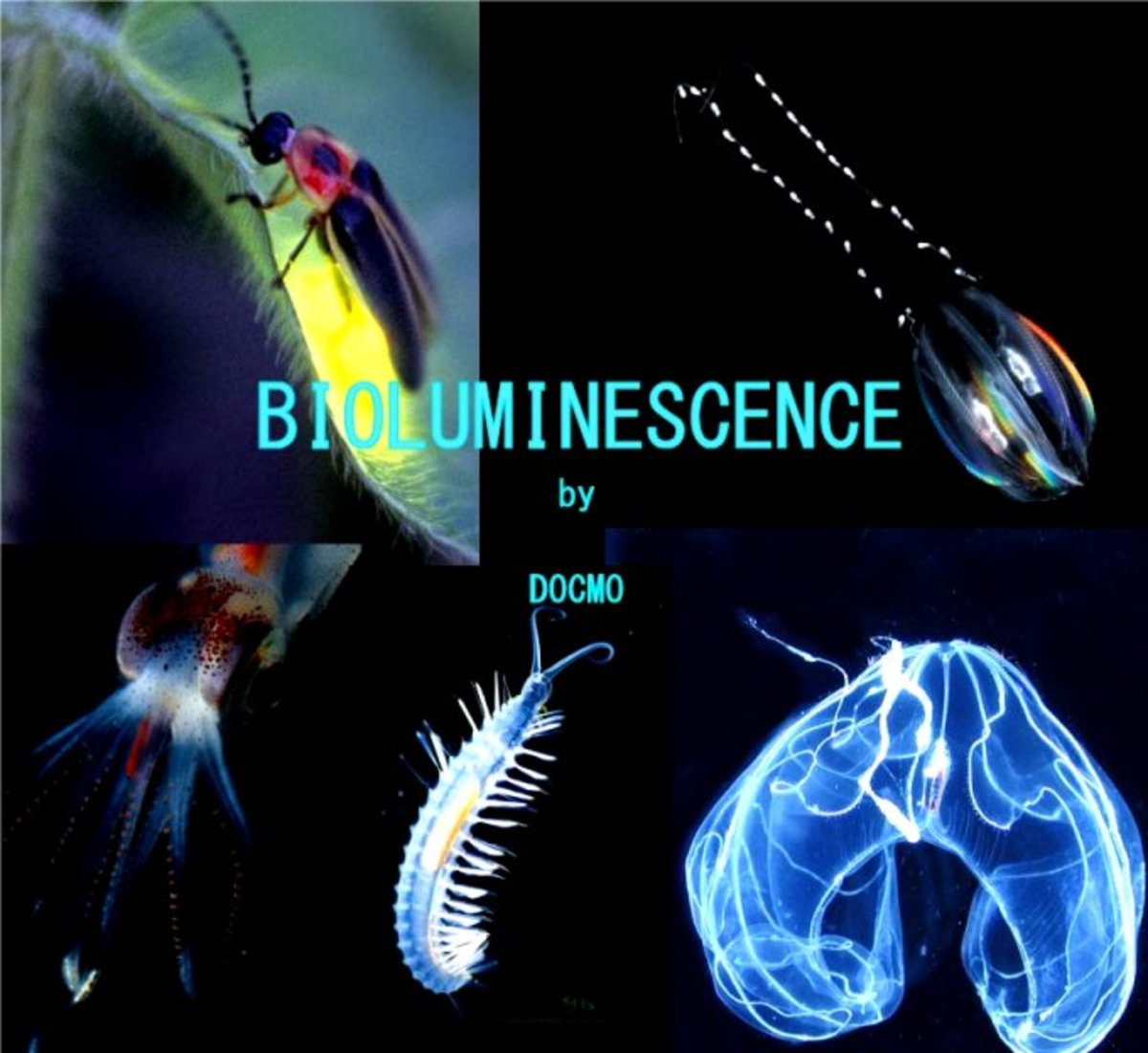Living things versus Non-living things
Most living things can be distinguished readily from non-living by the following characteristics:
1. Form and size. Living things have characteristic form and size within certain limits most of them are also arranged as definite individuals. While in non-living things, materials vary widely.
2. Organization. Living things are made up of cells which are assembled into interrelated system for performing the life processes. They rearrange and combine the chemical elements for their need. Non-living things on the other hand cannot recombine materials and their structure depends on chemicals present and mode of formation.1
3. Movement. Living things can move by themselves while non living things can move with the help of an external force.
4. Growth and life cycle. Living things exhibit internal growth or intussusception while non-living things exhibit external growth or accretion.
Living things grow by the development of new parts between or within older ones and may replace parts during life. Each individual has a definite life cycle-birth, growth, maturity, life span and death. If non-living things grow, they do that by external addition and there is no orderly cycle of change. Example, the salt in the container and the ice in the freezer increase in size because only of the addition of new materials on their surface.
5. Metabolism. The word metabolism is defined as various vital life processes which includes all the changes that the materials taken as food undergoes. There are two phases of metabolism namely: anabolism and catabolism. Anabolism is called as the constructive or building up phase. This includes assimilation or building up of protoplasm from simple compounds and elements which are end-products of digestion. Photosynthesis in plants is an example of anabolism. Catabolism is the destructive or breaking down phase. This involves the release of energy by breaking food substances through respiration.
6. Irritability. Living things react to changes in the environment. These act as stimuli that induce responses by the organism. The degree of response is is often disproportionate to that of the stimulus and the organism is not permanently altered by the stimulus.
In non-living things, there is a definite quantitative relationship between the intensity of the environmental change and the reaction produced as in the expansion of a metal by heat.2
7. Reproduction. This is defined as the ability of the organism to create another one of the same kind.
Living things reproduce by using the materials within their bodies, a characteristic which non-living things do not have.



